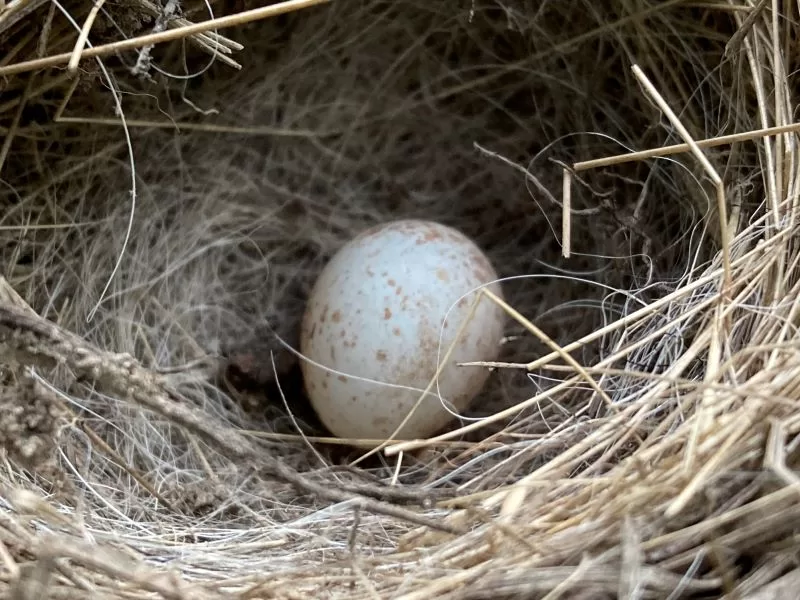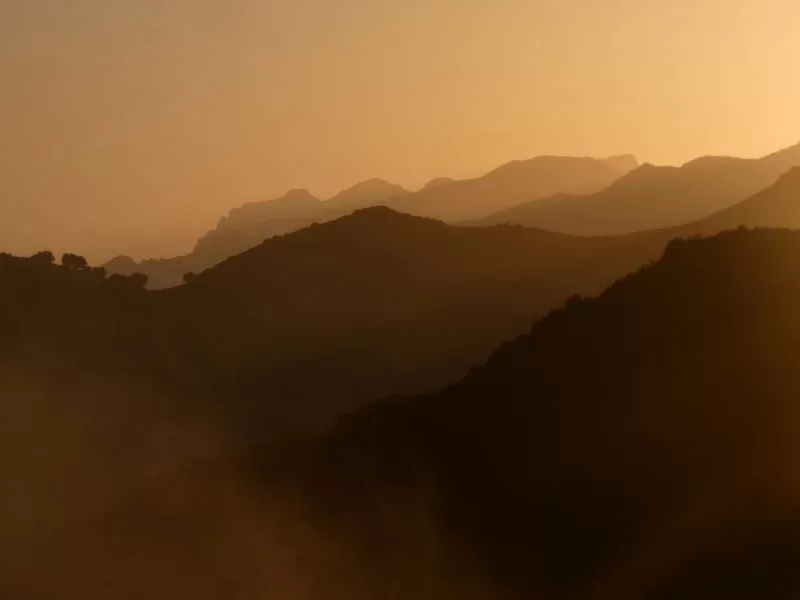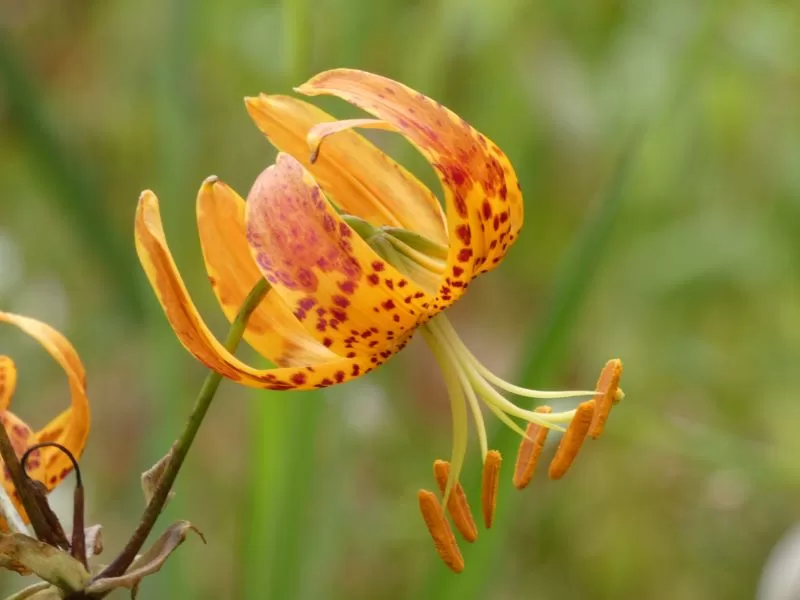COVER: Why was nudism such a big thing in the 1970s? Was it a reaction to repressive American mid-century modern conformity? A rejection of Puritanical prudery? Part of the new health and fitness phenomenon? Or just the latest fad? Whatever inspired naturists to cast off their inhibitions and their clothing, the movement found a home right here in Topanga, and its ardent supporters made a concerted effort to stake a claim to Los Angeles beaches. The fight over public nudity went all the way to the US Supreme Court. Read the Naked Truth on page 6 of Topanga New Times. Cover design by Urs Baur.
The Santa Monica Mountains National Recreation Area was created by an Act of Congress in 1978. The biggest urban national park in the world will be turning 45 this year. As the November 10 anniversary approaches, Topanga New Times will be taking a backward glance at the complex, sometimes crazy history that chronicles how this park came to be against all the odds, and on the dedicated group of activists who are looking to the future, not the past.
The Rim of the Valley Corridor Act is back, in the U.S. Senate this time. The plan to extend National Recreation Area designation to an additional 119,000-plus acres of open space has been in play for years. It first appeared in 1976, in a graduate thesis for public lands advocate Marge Feinberg’s master’s degree at California State University, Northridge. That was two years before Congress approved the Santa Monica Mountains National Recreation Area.
Representative Adam Schiff has made several efforts to pass a House bill for the creation of the Rim of the Valley and has tirelessly advocated for its approval. The first step—a six-year National Park Service study—was completed in 2015. The most recent legislation to expand the park was authored in 2021. In May, U.S. Senators Alex Padilla and Diane Feinstein sponsored a companion bill in the Senate. Padilla is hoping President Joe Biden’s commitment to climate change action will get this round of legislation approved. “Addressing the climate crisis means working to protect our natural spaces at all costs,” Padilla said. “Preserving the Rim of the Valley Corridor is a critical step in helping California and the entire country fulfill our goal of conserving 30 percent of our lands and waters by 2030.”

The legislation would give the National Park Service the authority to add more than 119,000 acres of land in the Rim of the Valley Corridor to the Santa Monica Mountains National Recreation Area. It also includes provisions for implementing capital improvements like new trails and public facilities; monitoring and studying wildlife and ecosystems; and acquiring land through donation, exchange or purchase, but only from willing sellers and never through eminent domain.
Even when a project has support, Congress moves at a glacial pace, and this Congress is more dysfunctional than usual. Often the government just doesn’t move fast enough. In related news, Representative Judy Chu and Senator Alex Padilla have asked President Biden to add 109,167 acres to the San Gabriel Mountains National Monument, expanding it by a third. The request, published in a June 8 letter to Biden, requests that the President bypass Congress and issue a presidential proclamation expanding the existing National Monument under the Antiquities Act of 1906. The move is seen as an end-run around the impasse in the House.
Although the Rim of the Valley and the San Gabriel Mountains seem far away, they aren’t. Topangans know that better than most. On a clear winter day, those distant mountains are so clearly visible from the top of our mountains that one could almost reach out and touch them. All of the Southern California ranges are interconnected. Preserving and restoring those connections is essential not only to wildlife, but to all of us. Watch this space.

It’s hot! Summer weather arrived this week bringing with it blue skies and an elevated risk for heat-related illness. This is a serious, potentially life-threatening issue that affects people and animals, especially dogs. Arranging to do outdoor activities early or late, making sure that everyone—two footed and four—has adequate water and shade, and knowing how to recognize the symptoms of heat exhaustion are essential. We have had a tragic upsurge in heat-related fatalities in the Santa Monica Mountains in recent years. No one should ever end up as one of those statistics. Check out the CDC’s heat page for tips on how to stay safe during hot weather, and think twice before taking the family dog on a run or hike in hot weather. www.cdc.gov/disasters/extremeheat/warning.html

Now that there are clear skies in the evening, keep an eye out for shooting stars. The Delta Aquarids meteor shower begins July 12, peaks the night of July 29-30, and continues into August, where it overlaps with the Persieds, usually one of the best meteor showers of the year. The Delta Aquarids only produce a handful of meteors every hour, but they can be bright, and it only takes one to make a wish.
Stay safe, be well.





